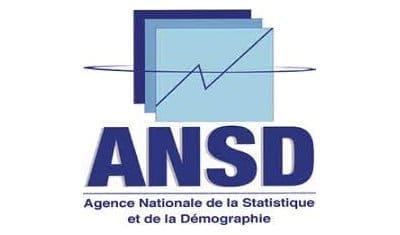Senegal’s population has reached 18.1 million, with a growth rate of 2.9% annually between 2013 and 2023. This trend suggests a potential doubling of the population within 25 years. A striking feature is the youthfulness of the population. Half of all residents are under 19, with children under 15 making up 39%. This highlights the need for investment in education and youth development.
Senegal is experiencing rapid urbanization, with over half (54.7%) of the population now residing in urban areas. The Dakar region is a clear standout, boasting a high population density and housing 22% of the country’s total population. The report reveals mixed progress in education. While primary school enrollment is high at 81%, access to higher levels of education remains a challenge, with gross enrolment rates of 50.6% for intermediate and 30.3% for secondary education.
A positive trend is the decrease in average number of children per woman, falling from 5.3 in 2002 to 4.2 in 2023. This is particularly evident in urban areas, with Dakar averaging only 2.8 children per woman.
Life expectancy has seen a significant rise from 64.7 years in 2013 to 68.9 years in 2023, with a slight advantage for women (70.0 years) compared to men (67.7 years). The census highlights a critical issue: nearly 10% of children under 5 lack proper civil registration. Addressing this gap is crucial.
Senegal exhibits a net emigration pattern, with 166,561 Senegalese citizens living abroad compared to only 56,401 immigrants settling in the country between 2018 and 2023. The data provides insights into living conditions, revealing that 67.4% of households own their homes and 74.4% have access to electricity for lighting.
The comprehensive data from the RGPH-5 serves as a valuable resource for policymakers. By understanding the population dynamics, social needs, and economic realities, Senegal can effectively plan and implement targeted development strategies for the years to come.
ARD/te/fss/abj/APA


